How to Study History for Board Exams
Board exams are ahead and you may be looking for ways to manage your subjects here we have shared how to study history for board exams and ace it
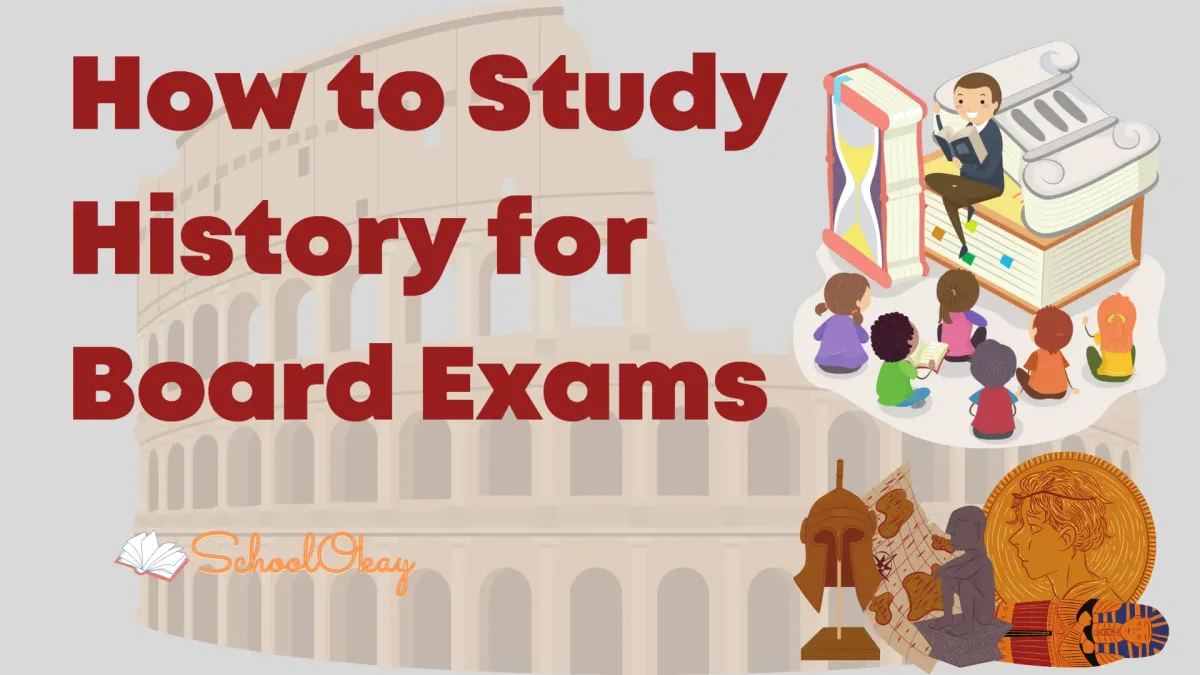
We often have come across students who struggle with studying history and end up memorizing all the data one night before the board exams. Social science often remains a neglected subject, and students struggle with it the most to score better, unlike the sciences and mathematics, which are often taught from the examination point of view. So here we have discussed how to study history board exams and ace this year.
Before preparing for your exams, ensure you are clear and thorough with your board exam syllabus. If you are unsure about your syllabus, you can check it on the CBSE website here.
In this article, we are focusing on the most important aspects of the Social Science paper. Here are some effective study methods to study history for the board exams-
1. Teach it to someone else!
Yes! You read it right it! The most effective way to learn and understand history would be by teaching someone.
Teaching the material to someone else is one of the most popular active recall techniques that students use to retain the Information for longer. It can be your classmates, parents, or friends, or you can pretend to be teaching the material.
The logic behind this is simple. When you begin to teach the material, in a way, you introduce yourself. Before you start preparing the material, you read out the content for yourself, ensuring that you have read the prescribed text at least once.
The techniques that you make up for the leaner help you get the clarity of the topic. When you struggle in between, you tend to look for the Information and retain it for longer.
2. Note-Making Habit
Always try to make running notes in class whenever the teacher is teaching. Once you make the notes, try to revise and arrange them properly when you start your self-study. The trick here is to segregate the material into chunks that help retain the Information for a longer time.
Whenever possible, try explaining the answers in short points by describing the keywords. Here are some sample notes:
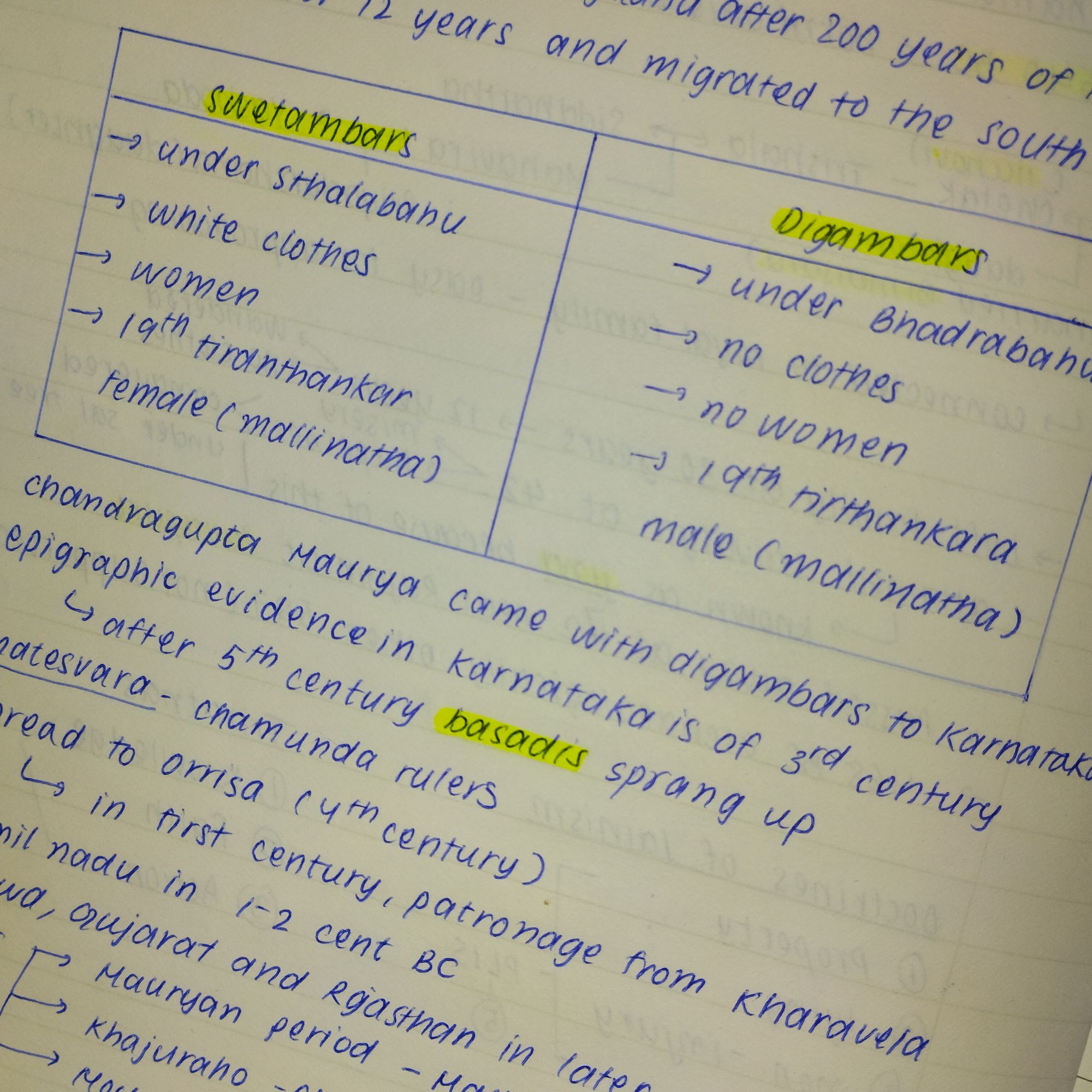
When you write and revise the answer and notes in terms of keywords, the Information will be shortened, and more content can be retained. Make sure you keep your points short and don't write long paragraphs while studying, making it difficult for you to remember and honour the Information long.
Don't hesitate to annotate the notes using different colour coding for other pieces of Information that you want to highlight.
Note-making methods like the Cornell method can also be tried out for the subject of history. Here is a Cornell note-taking template:
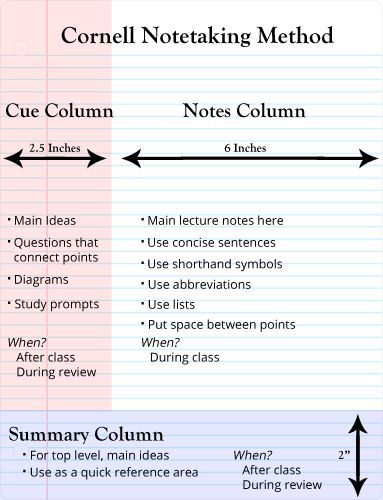
3. Read! Read! Read!
The most important thing to keep in mind while preparing for history for the board exam is to do a lot of extensive reading.
Extensive reading does not mean reading lots of books or reading the same material repeatedly but reading in such a manner that you begin to understand the gist of the chapter.
While starting with a chapter or a particular topic, three readings can be done. Before reading the entire chapter or topic, ask yourself, "What is the chapter trying to tell me?" So, when you finally begin to read, you subconsciously try to keep answering the question as you go through the particular portion you have been attempting to cover.
Read the content like a storybook for the first time. For the first reading, you need not mark or underline anything. Keep the reading as simple as possible. Your only job here is to get the meaning out of the chapter.
For the second reading, pay attention to the details like dates, italicized words, figures, numbers etc. and keep track of the chronology. This reading aims to ensure you know the gist of the chapter and have a hand in the content. Once you finish the second reading, pick up the pencil and a notepad and write down everything you have gathered. This is where you will understand what you have missed and what more can be included.
The third reading is where you should start marking the essential aspects of the portion that cannot be missed. Now that you have done the homework and written down everything so that you know what you missed, you have a clear idea of what is to be included and what is not.
4. Refer to Previous Year's Papers
Even though the exam pattern may change, practising answer writing for the questions asked in the previous year's examination is an excellent way to ace history in the board examination. CBSE also releases sample papers. every year on its official website.
Answer writing and speed are the two significant aspects of history and social sciences in general. And as it is said that practice makes a man perfect, practising the previous year's questions not only adds to the answer writing skills but checks how much you have studied and what improvement needs to be done.
The previous year's papers can be used to check the knowledge and speed and how much you can write in the given time frame. Testing yourself is one such idea!
Set a timer for the same time; you will get in writing the answer in the board exam. Make sure your ambience is alright, and there are no disturbances around, and then start solving the board exam previous year's papers.
You can also ask your teachers to check these for you so that they will let you know the areas where you would have to improve, and you can then work on them.
5. Maps and Drawings
Maps are the most critical component in history exams. Without maps and an idea of the geographical conditions, it is impossible to understand a topic correctly.
One should be able to imagine the area when the subject is being taught or self-read. This will ensure clarity of concept and events. Various maps like rivers, areas under certain kings, participants in kingdoms in wars etc., can be learnt quickly through maps.
One technique to score better in history is making rough freehand maps while mentioning places in your answers in the exam. This will not only make the answer looks perfect but will ensure clarity.
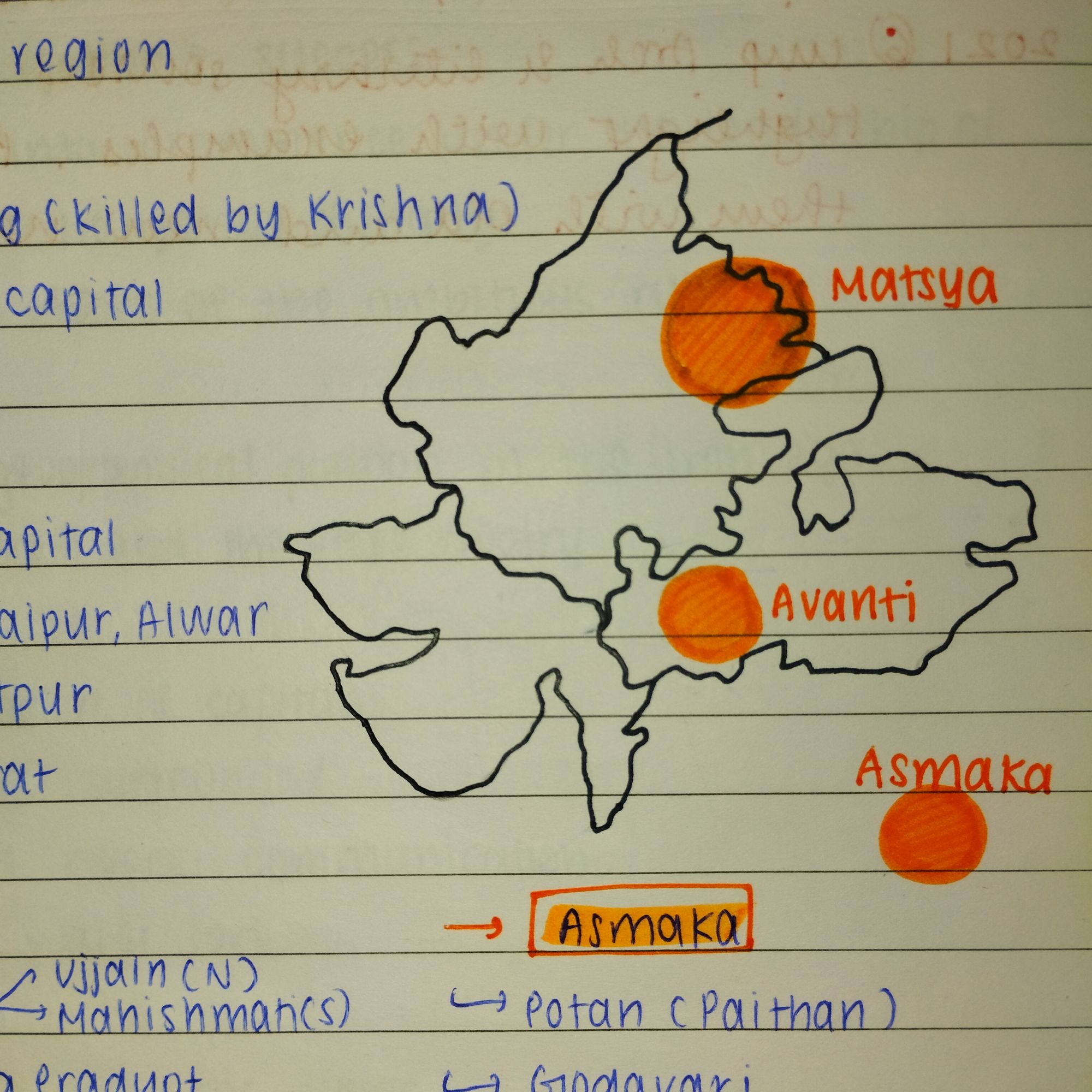
To do this, constant practice is required. You will get the basic shape right if you practice outlining maps constantly. Try including these maps in your notes for training and a clear understanding of the concept.
Another way to improve answer writing and studying is to include diagrams and charts in your answers. Adding maps and graphs to your answers creates a flawless impression. For some topics, it is recommended to have objects like flow charts that will present different ideas in a flow.
6. Tricks to Retain Information
Studying history often requires remembering large sequences of names that students tend to confuse—one of the tricks to remember long lines in Mnemonics. Mnemonics help the learner keep the sequencing correct and not mess up the order.
Creating timelines to remember dates and events is another trick to remembering dates. Write important dates and events in a sequence and then arrange them chronologically. When you read the content, try linking different events to make an information web to connect separate pieces of the puzzle and make it easier for you to understand.
Applications like Focus can apply techniques like the Pomodoro method to maintain consistency and flow while studying, as it pauses all the distracting apps for the set timer. Little virtual plants grow during this time, and if you try to use some other apps, the plants die.
7. Mind Mapping
Mind maps are an easy and creative way to remember related Information. Mind maps are a great way to divide the topic into chunks of Information that can be accessed at different times, and you need not read your notes entirely to find a particular case.
Colour coding can be used here also to keep the Information segregated, which can be clubbed together by the learner later for analyzing the content. It also keeps the written text in order.
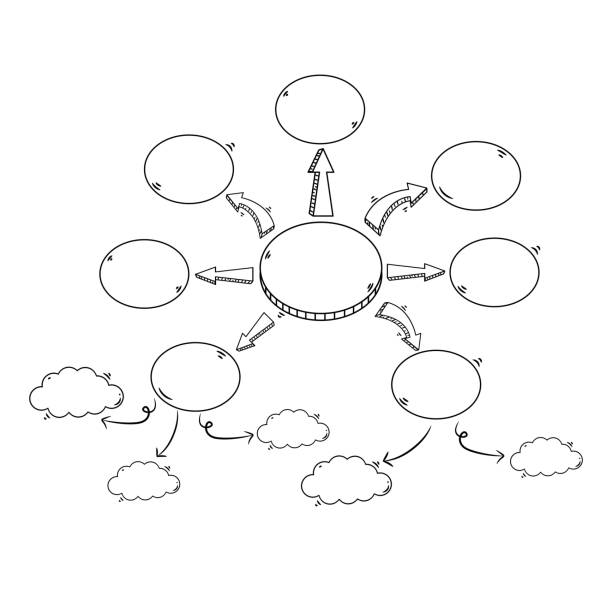
Conclusion
Studying history requires consistency and practice. With the help of some of these techniques, you might be able to ace your board examination this year. History is a fascinating subject; it just depends on our perception of how we see it. Even though you hear people saying how difficult it is to ace history and social sciences in general, now you know how to ace your board exams!
Also read:
Top 10 free websites for NCERT solutions.
Why you must consider the BA (Bachelor of Arts) career option.
How to share focused on studies.
Share and subscribe to the blog by email.


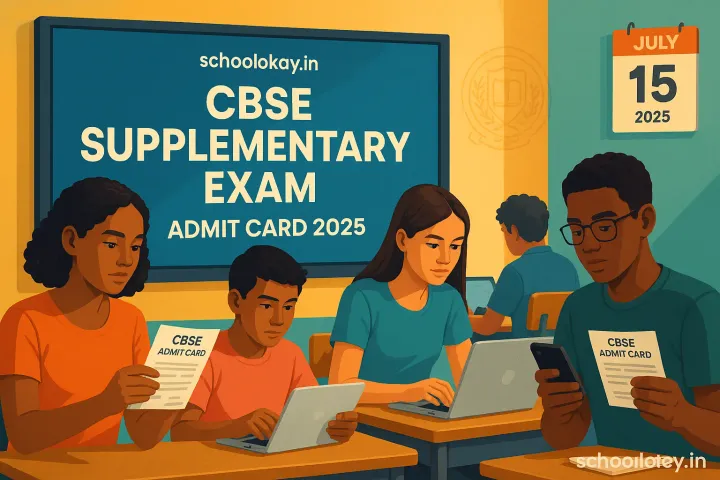
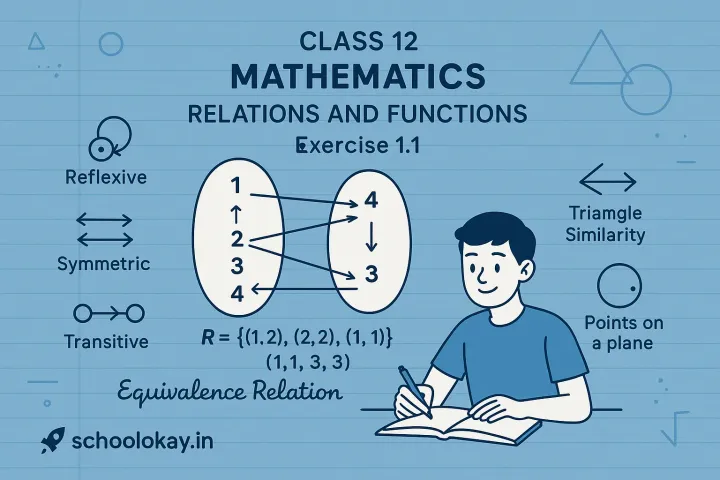
Comments ()